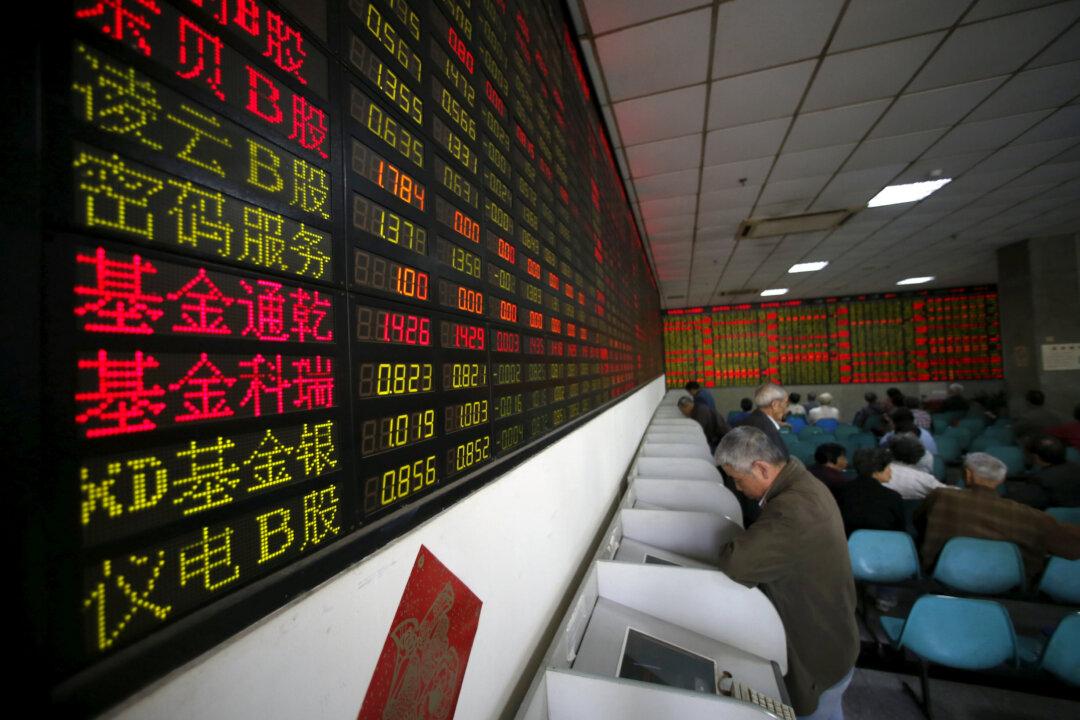
Investors look at computer screens showing stock information at a brokerage house in Shanghai, China, April 21, 2016. Reuters/Aly Song/File Photo
Commentary
The Trump administration has been curbing market access for certain Chinese companies associated with the Chinese Communist Party regime.
